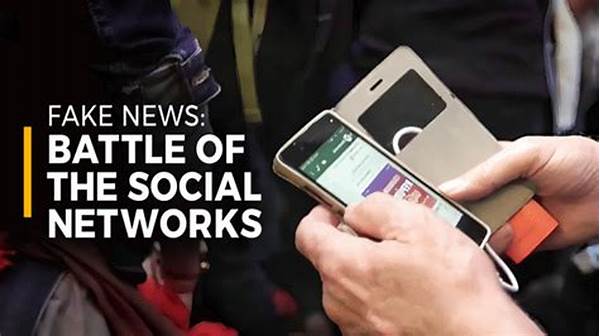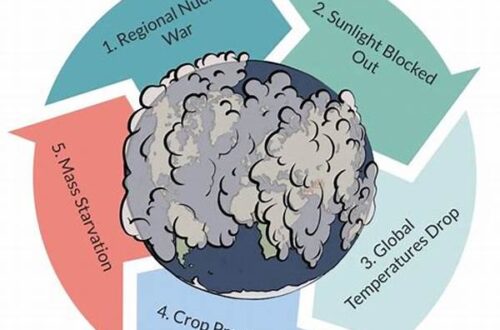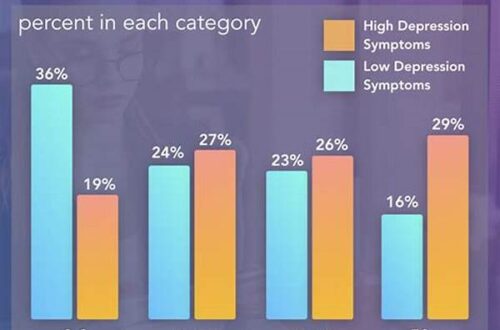The Influence of Social Networks on Battlefield News
Social networks have revolutionized the way battlefield news is disseminated and consumed. With the advent of platforms such as Twitter, Facebook, and Instagram, real-time information from conflict zones around the world is more accessible than ever. These platforms have empowered both professional journalists and ordinary citizens to share firsthand accounts and footage of events as they unfold. Consequently, social networks have become crucial tools in shaping public perception and understanding of military conflicts.
The immediacy of social networks can lead to faster news cycles than traditional media, offering up-to-the-minute updates and insight. However, this can also result in the propagation of misinformation or unverified content, posing challenges for audiences seeking reliable battlefield news. The ability for users to instantly share content means that rumors and inaccuracies can spread rapidly, highlighting the need for critical analysis and fact-checking. Despite these challenges, social networks remain indispensable in delivering battlefield news swiftly and widely, making them a double-edged sword in modern warfare reporting.
Moreover, social networks contribute to greater transparency and accountability in the coverage of conflict. They provide a platform for a wider range of voices, including those who may otherwise be marginalized or overlooked. This democratization of information helps ensure diverse perspectives in the narrative of battlefield news and can lead to greater public engagement and discourse. Nonetheless, it remains essential for users to approach social networks with a discerning eye, recognizing the potential for both enlightenment and misinformation.
Challenges in Reporting Battlefield News via Social Networks
1. Verification Issues: The rapid dissemination of battlefield news on social networks often leads to errors. Ensuring the authenticity of the reported information is a significant challenge, as misinformation can quickly go viral.
2. Misinformation Spread: Social networks can become vehicles for false battlefield news, intentionally or unintentionally. The ease of sharing can amplify unverified claims or doctored footage, necessitating vigilant fact-checking.
3. Impact on Public Perception: As social networks provide real-time battlefield news, they actively shape public opinion. Such platforms are influential in framing narratives that may affect perceptions of conflict and peace processes.
4. Information Overload: The sheer volume of battlefield news available on social networks can lead to information fatigue. Users might find it overwhelming to sift through endless streams of updates, potentially missing crucial developments.
5. Privacy and Security Concerns: Social networks often expose individuals reporting battlefield news to safety risks or breaches of privacy. Protecting identities becomes vital in dangerous environments.
The Role of Social Networks in Real-time Conflict Reporting
The integration of social networks in real-time conflict reporting has shifted traditional paradigms. Journalists and civilians alike can now provide immediate updates directly from conflict zones, impacting the pace and scope of battlefield news. Social networks enable live streaming and instant photo sharing, offering global audiences unfiltered access to events. These platforms have empowered eyewitnesses in conflict areas to contribute to the news cycle, effectively broadening the pool of available sources.
While this democratization of information has numerous positive implications for transparency and inclusivity, it also adds complexity to the journalistic task of vetting and verifying content. Not all battlefield news circulated on social networks stems from credible sources, posing challenges for media professionals who must navigate a landscape rife with both reliable and dubious information. Consequently, the role of social networks in conflict reporting is both revolutionary and fraught with responsibility, necessitating an ongoing commitment to ethical standards and accuracy.
The Intersection of Technology and Traditional Media in Battlefield News
Exploring the synergy between technology, particularly social networks, and traditional media reveals new dimensions of reporting battlefield news. The rapid transmission capabilities of social networks allow for swift updates that are not constrained by traditional media’s production schedules. This interconnectivity is transforming newsrooms, which are increasingly integrating social media feeds into their reporting frameworks to deliver comprehensive coverage.
1. Enhanced Accessibility: Social networks provide unprecedented access to battlefield news, reducing reliance on traditional gatekeepers for information.
2. Broader Audience Engagement: Platforms like Twitter and Facebook facilitate interactive discourse, engaging global audiences in discussions about unfolding conflicts.
3. Innovations in Storytelling: The visual nature of social networks encourages creative storytelling, integrating multimedia elements to enhance narrative depth.
4. Collaborative Journalism: News outlets utilize social networks to collaborate with citizen journalists, expanding newsgathering networks.
5. Immediate Feedback: Journalists receive instant feedback from global audiences, fostering a dialogue that can guide future reporting objectives.
6. Shift in Media Power Dynamics: The decentralization of information dissemination challenges traditional media’s dominance, positioning social networks as powerful forces in shaping battlefield news.
7. Crisis Reporting Tools: Social networks can be employed as tools for crisis management, alerting authorities and providing a real-time overview for strategic planning.
8. Ethical Reporting Dilemmas: Issues of privacy breach and source verification arise as more individuals report battlefield news independently via social networks.
9. Amplified Awareness Campaigns: Humanitarian organizations leverage social networks to amplify awareness of crises and garner global support swiftly.
10. Narrative Fragmentation: Interactions on social networks can lead to fragmented narratives, complicating the cohesive retelling of conflict events.
Emerging Trends in Social Media and Battlefield News
In the contemporary landscape, the integration of social networks in battlefield news reporting continues to evolve, revealing new trends. The rise of mobile journalism, facilitated by smartphones and portable devices, enables instant documentation and sharing of unfolding events. This trend is further augmented by the use of artificial intelligence algorithms on social networks, which personalize the newsfeed, influencing how battlefield news is curated and consumed globally.
Additionally, social networks have fostered a participatory culture in the dissemination of battlefield news, encouraging users to create, share, and engage with content. This democratization of media provides a multitude of perspectives, enriching the discourse surrounding military conflicts. However, such democratization also raises concerns about ensuring the reliability and accuracy of information, necessitating new norms and practices in media literacy and critical consumption.
Ethical Implications of Social Media in Battlefield News
As influencers of public opinion, social networks bear ethical responsibilities in the context of battlefield news. The potential for misinformation and manipulation underscores the need for rigorous content vetting and adherence to ethical broadcasting standards. Social networks must balance the urgency of delivering real-time news with the mandate to avoid endangering lives or compromising operational security.
Ethical considerations also include respecting privacy rights and ensuring that the portrayal of conflict does not sensationalize suffering or compromise human dignity. Striking this balance is vital to maintaining public trust and upholding the role of social networks as responsible conveyors of battlefield news. Furthermore, fostering transparency and accountability in social network algorithms is essential to prevent bias and ensure equitable representation of diverse narratives in conflict reporting.
Concluding Thoughts on Social Networks and Battlefield News
In conclusion, the symbiosis between social networks and battlefield news represents a significant shift in the media landscape. These platforms have democratized the reporting process, enabling a multiplicity of voices to contribute to the collective understanding of global conflicts. While challenges such as misinformation, ethical considerations, and the need for rigorous content verification persist, the role of social networks remains integral.
As the mechanisms for sharing battlefield news continue to evolve, it becomes imperative for both content creators and consumers to navigate these platforms with discernment and a commitment to truth. By recognizing the potential and pitfalls of social networks, stakeholders can better harness their power to inform, engage, and foster constructive dialogue on military conflicts around the world. Ultimately, the convergence of social networks and battlefield news holds the promise of enhanced transparency and understanding, shaping an informed global citizenry.





